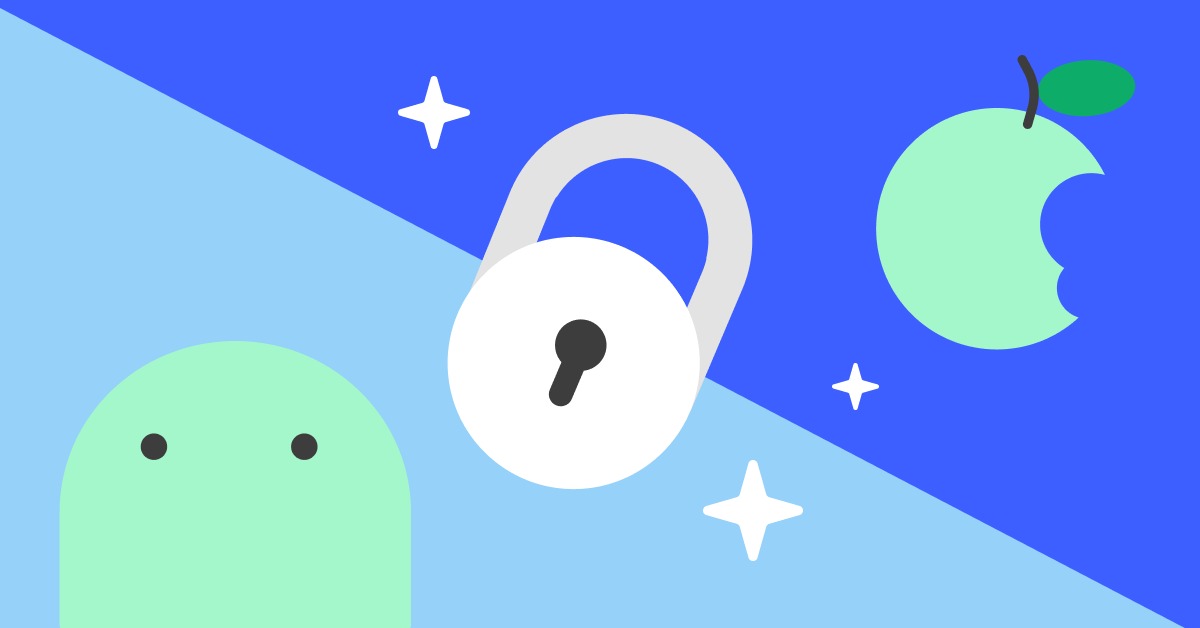
Understanding Android Security
Before exploring iPhone-compatible apps, understanding Android security basics is crucial. Android, as an open-source operating system, faces more vulnerabilities compared to iOS. However, Google has improved Android's security with regular updates, Google Play Protect, and a strict app review process on the Google Play Store.
Common Android Security Issues
- Malware: Ranges from simple viruses to sophisticated banking trojans designed to steal sensitive information.
- Phishing: Attacks often target users through SMS or email, tricking them into downloading malicious apps or revealing personal information.
- App Permissions: Apps require various permissions to function, which can sometimes be misused by malicious apps to access sensitive data without the user's knowledge.
- Outdated Software: Failing to update your Android device regularly can leave it exposed to known vulnerabilities patched in newer versions.
iPhone-Compatible Apps for Android Security
Several iPhone-compatible apps can enhance your Android device's security. These apps have robust security features, providing an additional layer of protection against various threats.
Norton Mobile Security
Norton Mobile Security is a popular cross-platform solution offering comprehensive tools to protect your device.
- Real-Time Threat Protection: Scans your device in real-time, detecting and blocking malware before it can cause harm.
- App Advisor: Provides detailed information about the apps you download, including their permissions and potential risks.
- Data Backup & Restore: Allows you to backup and restore your data, ensuring important files are safe.
- Anti-Theft: Offers features like remote wipe and lock, helping you regain control over your device if lost or stolen.
VIPRE Security
VIPRE Security offers a wide range of features to enhance your Android's security.
- Advanced Threat Protection: Uses advanced threat detection algorithms to identify and block sophisticated malware.
- App Scanning: Scans all installed apps for potential risks, providing detailed reports on each app's behavior.
- Data Encryption: Ensures sensitive information stored on your device remains secure.
- Battery-Saving Mode: Minimizes battery consumption while maintaining security.
M.avg
M.avg provides a variety of tools to protect your Android device.
- Real-Time Scanning: Detects and removes malware as soon as it appears.
- App Management: Monitors installed apps' behavior and permissions.
- Data Backup & Restore: Ensures important files are always safe.
- Anti-Theft Features: Includes remote wipe and lock, helping you regain control over your device if lost or stolen.
Other iPhone-Compatible Apps
Several other iPhone-compatible apps can enhance Android security:
Avast Mobile Security
Avast Mobile Security offers real-time threat protection, app scanning, and anti-theft features.
Kaspersky Mobile Antivirus
Kaspersky Mobile Antivirus provides advanced threat detection, app scanning, and data encryption.
McAfee Mobile Security
McAfee Mobile Security offers real-time threat protection, app advisor, and anti-theft features.
Installing and Using iPhone-Compatible Security Apps on Android
Installing and using iPhone-compatible security apps on your Android device is straightforward:
- Download from Google Play Store: Search for the app name in the Play Store and download it.
- Install the App: Follow the installation prompts to install the app on your device.
- Activate the App: Follow the on-screen instructions to activate the app, which may involve setting up a password or PIN.
- Configure Settings: Enable real-time scanning or set up data backup options.
- Regular Updates: Regularly update these apps to receive new security patches and features.
Additional Tips for Android Security
Using iPhone-compatible security apps is crucial, but additional steps can further enhance your Android's security:
Enable Google Play Protect
Google Play Protect scans apps for malware before installation. Ensure this feature is enabled in your device settings.
Use Strong Passwords
Strong passwords for your device and apps can significantly reduce the risk of unauthorized access.
Enable Two-Factor Authentication (2FA)
2FA adds an extra layer of security by requiring both a password and a verification code sent to your phone or email to log in.
Regularly Update Your Device
Regular updates ensure you have the latest security patches and features.
Be Cautious with App Permissions
Grant permissions only necessary for the app to function properly.
Enhancing Android security with iPhone-compatible apps is a practical way to protect your device from various threats. By leveraging these robust security features, you can significantly reduce the risk of malware infections, phishing attacks, and other cyber threats. Always download apps from trusted sources like the Google Play Store, regularly update your device and security apps, and follow best practices for app permissions and password management. Combining these measures with cross-platform security solutions ensures a safer mobile experience on your Android device.
